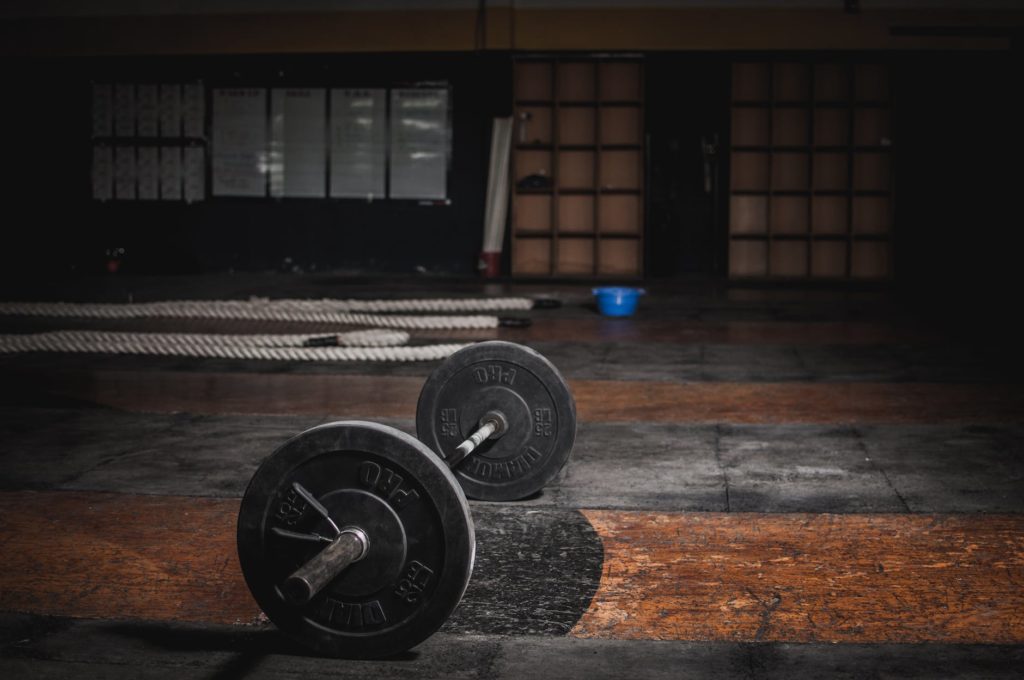Weight Lifting
Is a sport to test strength and resistance. Weight lifting involves the application of various equipment to improve the targeted muscle groups and the type of equipment normally used are dumbbells, weighted bars, weight stacks, and kettlebells.
Although, weight lifting is totally different from bodybuilding and weight training thus it forms a vital component of any well-rounded fitness routine.
Since it offers a continuum of benefits such as enhanced muscle tone, increased muscle strength, prevention of muscle and joint injury, and also minimize the risk of osteoporosis with better flexibility as well as flamboyant balance and decreased risk of cardiovascular diseases. Above all, weight lifting has been established to be very effective in increasing endurance.
Weight Lifting History
Weight lifting has a long history although, in olden times it was to test manhood. Weight lifting gained popularity in the 6th century, lifting heavy stones, Later, this period came to be known as the “age of strength.”
Weightlifting competition was first seen as a sport and athletics in 1896; however, it was not included in the 1900 games of the Olympics. Again, the art of weightlifting was noticed in 1904, albeit it was still not accepted as an Olympic sport, until 1920, when it was finally given Olympic status.
In those early periods, the Olympics introduced some very strange weightlifting programs such as one and two-handed lifts with no weight division, however, rules were changed in 1932, and five subdivisions have been established and formed three disciplines, snatch press, and clean and jerk.
In the snatch, the lifter lifted the weight above the head in one fast uninterrupted movement however, in the second movement the weight is brought to the shoulders, then the weight is jerked out above the head.
Later in 1972, the press division was abolished, and only snatch and clean jerk was accepted as sports to the Olympic discipline.
DISCLAIMER:
This information is not presented by a medical practitioner and is for educational and informational purposes only. The content is not intended to be a substitute for professional medical advice, diagnosis, or treatment. Always seek the advice of your physician or other qualified healthcare providers with any questions you may have regarding a medical condition. Never disregard professional medical advice or delay in seeking it because of something you have read.
Since natural and/or dietary supplements are not FDA-approved they must be accompanied by a two-part disclaimer on the product label: that the statement has not been evaluated by FDA and that the product is not intended to “diagnose, treat, cure or prevent any disease.”





